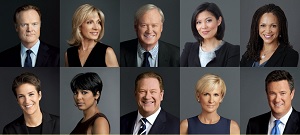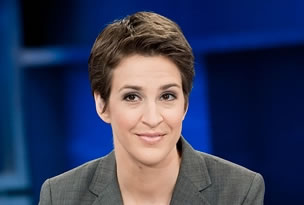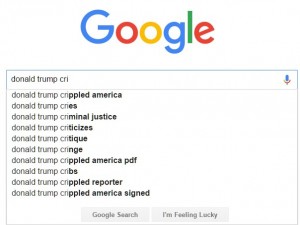
It seems taken for granted by many that mainstream media is liberal. From there it’s often assumed that the number of conservative media outlets (ie. Fox News, World Net Daily, Human Events, Right-wing talk radio, etc) are simply the counterbalance. This mostly appears to be true if one simply accepts the “Left-Right line-in-the-sand” that’s been apparently set by a number of (usually “conservative” pundits). However, if one looks at policies from a broader perspective, the “MSM” actually appears to lean rather centrist, and in order to cater to ‘both sides’ actually ends up catering to the right a bit (more on this later).
How do we define Liberal?
 When deciding what we should consider conservative and liberal, it’s important to note that the paradigm has shifted to the right. What now passes as “liberal” in political discourse was once considered centrist if not moderately conservative. It’s important to note this when considering whether a policy being discussed is really liberal. So to put this in context; Richard Nixon expanded government (and proposed more expansion, which was actually prevented by Congress) (read more), was a proponent of renewable energy (read more), and proposed universal health care (read more). While modern fiscal conservatives are pushing for privatizing social security, Harry S Truman once wrote such people off as being a fringe minority and stupid (read more). Grover Norquist, an important figure in the modern conservative movement has openly stated his ideal society reflects early America, as he describes as the “first 120 years, up until Teddy Roosevelt, when the socialists took over.” (read more). The Personal Responsibility and Work Opportunity Act, which scaled back welfare assistance, was passed under the Clinton administration (read more). The tax structure has become less progressive over the years. What used to be a top marginal tax rate of 94% is now 35% (see trend here). And for all the talk about runaway government and tax burden, both are much smaller in the US than in most other industrialized nations (compare here).
When deciding what we should consider conservative and liberal, it’s important to note that the paradigm has shifted to the right. What now passes as “liberal” in political discourse was once considered centrist if not moderately conservative. It’s important to note this when considering whether a policy being discussed is really liberal. So to put this in context; Richard Nixon expanded government (and proposed more expansion, which was actually prevented by Congress) (read more), was a proponent of renewable energy (read more), and proposed universal health care (read more). While modern fiscal conservatives are pushing for privatizing social security, Harry S Truman once wrote such people off as being a fringe minority and stupid (read more). Grover Norquist, an important figure in the modern conservative movement has openly stated his ideal society reflects early America, as he describes as the “first 120 years, up until Teddy Roosevelt, when the socialists took over.” (read more). The Personal Responsibility and Work Opportunity Act, which scaled back welfare assistance, was passed under the Clinton administration (read more). The tax structure has become less progressive over the years. What used to be a top marginal tax rate of 94% is now 35% (see trend here). And for all the talk about runaway government and tax burden, both are much smaller in the US than in most other industrialized nations (compare here).








